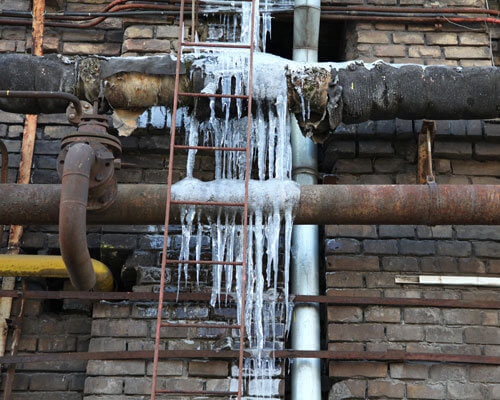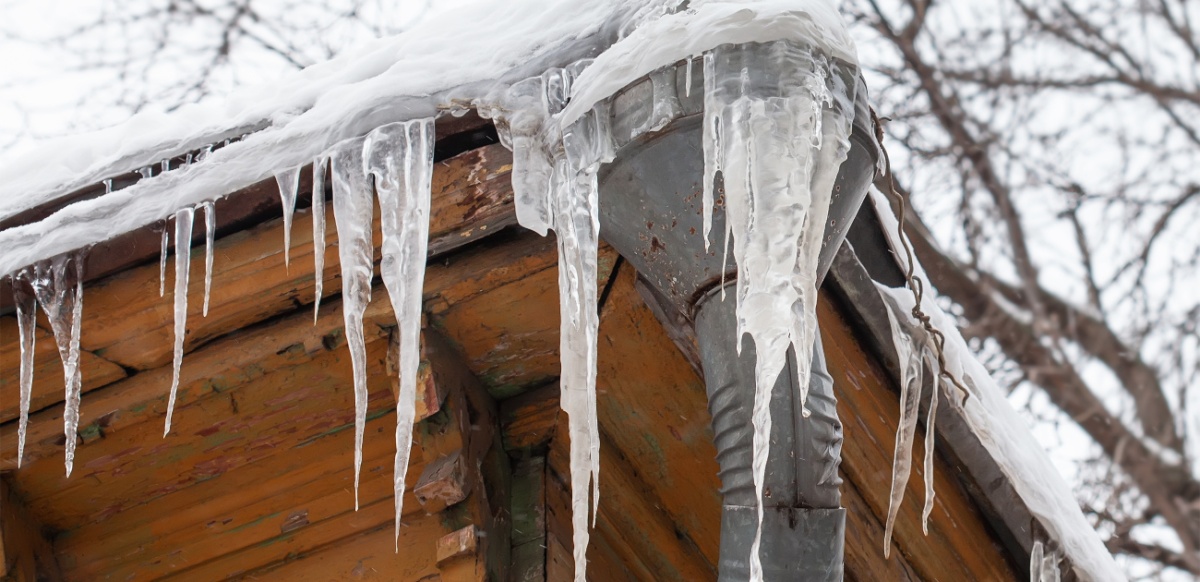Avoiding Your Pipes from Freezing: Effective Strategies
Avoiding Your Pipes from Freezing: Effective Strategies
Blog Article
They are making several good pointers related to Prevent Frozen Pipes overall in this content following next.

Winter can wreak havoc on your pipes, especially by freezing pipes. Right here's just how to stop it from occurring and what to do if it does.
Intro
As temperatures drop, the risk of icy pipelines increases, potentially resulting in costly fixings and water damages. Understanding how to prevent icy pipelines is essential for house owners in cool climates.
Prevention Tips
Shielding susceptible pipelines
Cover pipelines in insulation sleeves or use heat tape to safeguard them from freezing temperatures. Concentrate on pipelines in unheated or exterior locations of the home.
Home heating techniques
Keep interior rooms effectively warmed, particularly areas with plumbing. Open cupboard doors to enable warm air to circulate around pipes under sinks.
Just how to determine icy pipes
Search for lowered water flow from faucets, uncommon smells or noises from pipes, and noticeable frost on subjected pipes.
Long-Term Solutions
Architectural modifications
Consider rerouting pipelines away from outside walls or unheated areas. Add additional insulation to attics, cellars, and crawl spaces.
Updating insulation
Invest in top notch insulation for pipes, attic rooms, and wall surfaces. Correct insulation aids preserve regular temperatures and reduces the danger of frozen pipelines.
Shielding Outdoor Plumbing
Garden hoses and exterior taps
Disconnect and drain garden hose pipes before winter season. Set up frost-proof spigots or cover outdoor faucets with shielded caps.
Comprehending Icy Pipelines
What causes pipes to ice up?
Pipelines freeze when revealed to temperatures below 32 ° F (0 ° C) for prolonged periods. As water inside the pipes freezes, it increases, taxing the pipeline wall surfaces and potentially creating them to rupture.
Dangers and problems
Icy pipes can bring about water supply interruptions, home damage, and expensive repair services. Ruptured pipes can flood homes and create substantial architectural damage.
Indications of Frozen Pipes
Identifying frozen pipes early can avoid them from rupturing.
What to Do If Your Pipelines Freeze
Immediate activities to take
If you think icy pipelines, keep taps open up to eliminate pressure as the ice melts. Utilize a hairdryer or towels taken in warm water to thaw pipes gradually.
Conclusion
Stopping icy pipelines calls for positive procedures and fast responses. By comprehending the causes, indications, and safety nets, homeowners can protect their plumbing during winter.
5 Ways to Prevent Frozen Pipes
Drain Outdoor Faucets and Disconnect Hoses
First, close the shut-off valve that controls the flow of water in the pipe to your outdoor faucet. Then, head outside to disconnect and drain your hose and open the outdoor faucet to allow the water to completely drain out of the line. Turn off the faucet when done. Finally, head back to the shut-off valve and drain the remaining water inside the pipe into a bucket or container. Additionally, if you have a home irrigation system, you should consider hiring an expert to clear the system of water each year.
Insulate Pipes
One of the best and most cost-effective methods for preventing frozen water pipes is to wrap your pipes with insulation. This is especially important for areas in your home that aren’t exposed to heat, such as an attic. We suggest using foam sleeves, which can typically be found at your local hardware store.
Keep Heat Running at 65
Your pipes are located inside your walls, and the temperature there is much colder than the rest of the house. To prevent your pipes from freezing, The Insurance Information Institute suggests that you keep your home heated to at least 65 degrees, even when traveling. You may want to invest in smart devices that can keep an eye on the temperature in your home while you’re away.
Leave Water Dripping
Moving water — even a small trickle — can prevent ice from forming inside your pipes. When freezing temps are imminent, start a drip of water from all faucets that serve exposed pipes. Leaving a few faucets running will also help relieve pressure inside the pipes and help prevent a rupture if the water inside freezes.
Open Cupboard Doors
Warm your kitchen and bathroom pipes by opening cupboards and vanities. You should also leave your interior doors ajar to help warm air circulate evenly throughout your home.

As a reader on 6 Ways to Prevent Frozen Pipes, I was thinking sharing that post was a smart idea. Kindly pause to share this article if you appreciated it. I enjoy reading our article about How to Prevent Your Pipes From Freezing.
Call Today Report this page